Our view at Stack - Simplify growth with an all-in-one platform. Powerful marketing, sales, and support automation. Integrated CMS. Scalable software. Crafted for customer experience.
Social media is one of the most powerful channels I’ve used in my marketing career. In fact, it’s one of the channels with the highest ROI this year.
![Access Now: Social Media Report [Free Template]](https://no-cache.hubspot.com/cta/default/53/1cc615ff-101b-48f6-b60f-7d233c1e8eaf.png)
I’ve found that creating a social media report template is a great place to start when deciding on what you want to include in your social media strategy.
Successful social media marketing isn’t a mindless task. However, it takes careful planning and strategizing to engage your audience.
Knowing what to post, how often to post, how much to invest in paid social, and what metrics you should be measuring are all key parts of a successful social media strategy. Luckily, all of these elements can be tracked in a social media report, so you know if you’re on the right path.
Read further for more information on social media metrics to include in your report, and use HubSpot’s Free Social Media Reporting Template to get started.
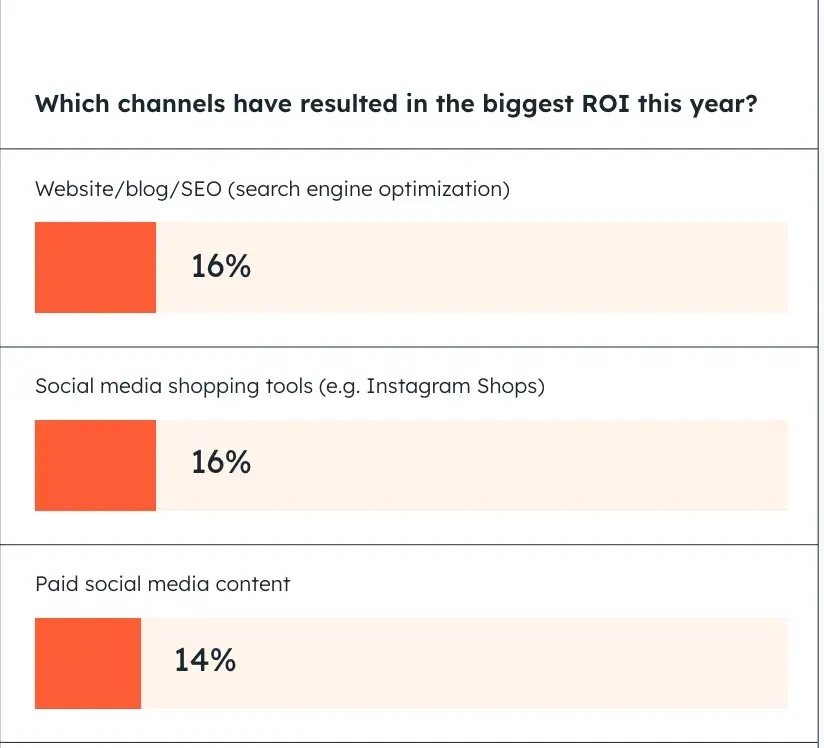
Image Source
Table of Contents
- What is a social media report?
- What are the different types of social media reports?
- Why use a social media report?
- Social Media Metrics to Report On
- Free Social Media Report Template
- Social Media Report Examples
- How to Make a Social Media Report
What is a social media report?
A social media report is a way for marketers to analyze and extract data based on how various social media platforms are performing.
This might include measuring metrics such as followers, successful clickthrough rates, likes, post shares, purchases, and more.
There are two types of social media marketing: organic and paid.
Organic social media is free (beyond employee time) and includes creating posts, videos, content, and other engagement efforts.
Paid social media is paid advertising through social media channels and might look like promoted content, influencer marketing, and other social media efforts that cost money and must be budgeted for.
What are the different types of social media reports?
1. Performance Report
This type of reporting is pretty straightforward. Take each of your social media platforms (Instagram, Facebook, LinkedIn, etc.) and, using the free social media report template, fill out the first page that reports on each owned channel.
You’ll want to know your audience for each channel, how many posts you made, how they performed (engagement), and what this looks like as a percentage of your total audience.
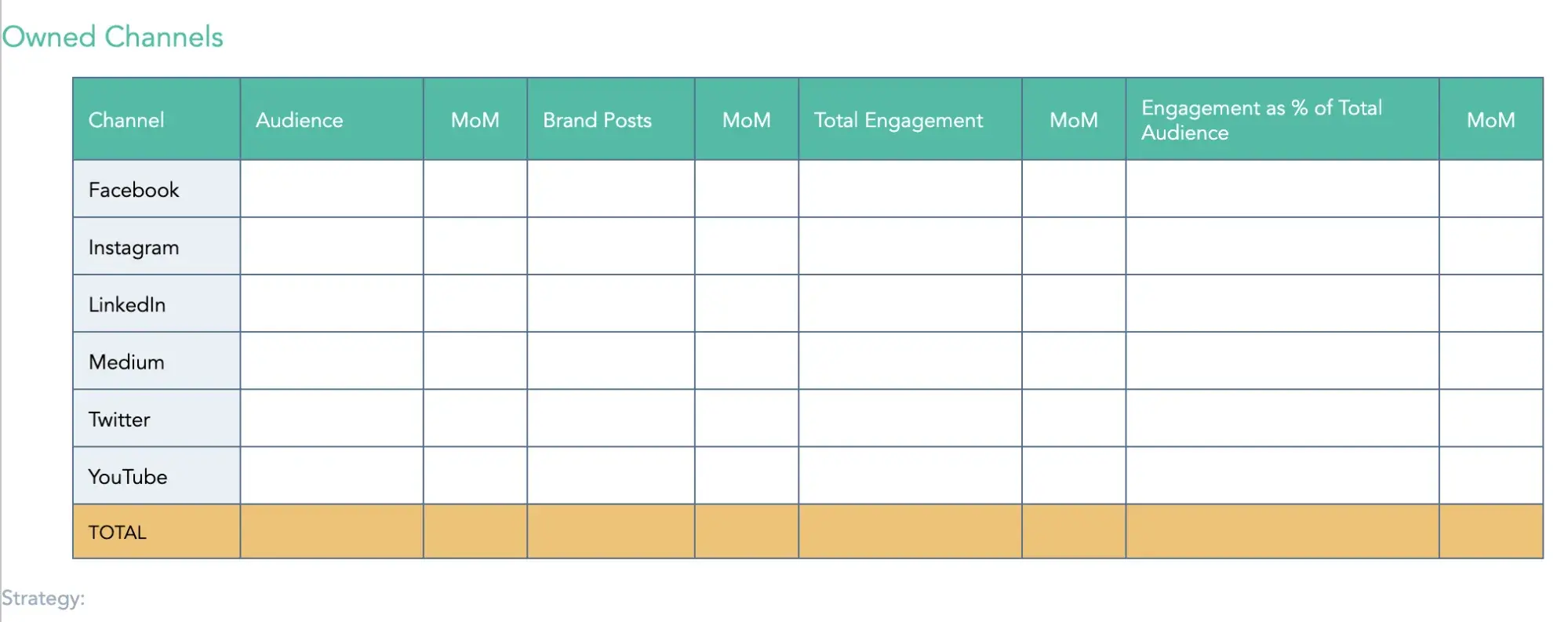
Image Source
2. Earned Media
This type of report (found on the second page of the free template) looks at your reach and impressions.
Each platform will have different audiences and metrics to follow regarding your engagement. This type of report can give you a better idea of what your reach currently is and how to improve it.

Image Source
3. Key Initiatives and Goals
It’s not enough to just blindly post on different platforms.
You need to have a clear idea of the different social media campaigns you want to accomplish on a monthly basis and what engagement you want to reach for a campaign to be considered successful.
Use HubSpot’s Free Social Media Reporting Template pages 5-26 to fill out:
- Your monthly goal for a given social media platform
- Your strategy for that platform and key initiatives
- That platform’s opportunities
- Any wins from that platform (ex, most liked post, most commented post)
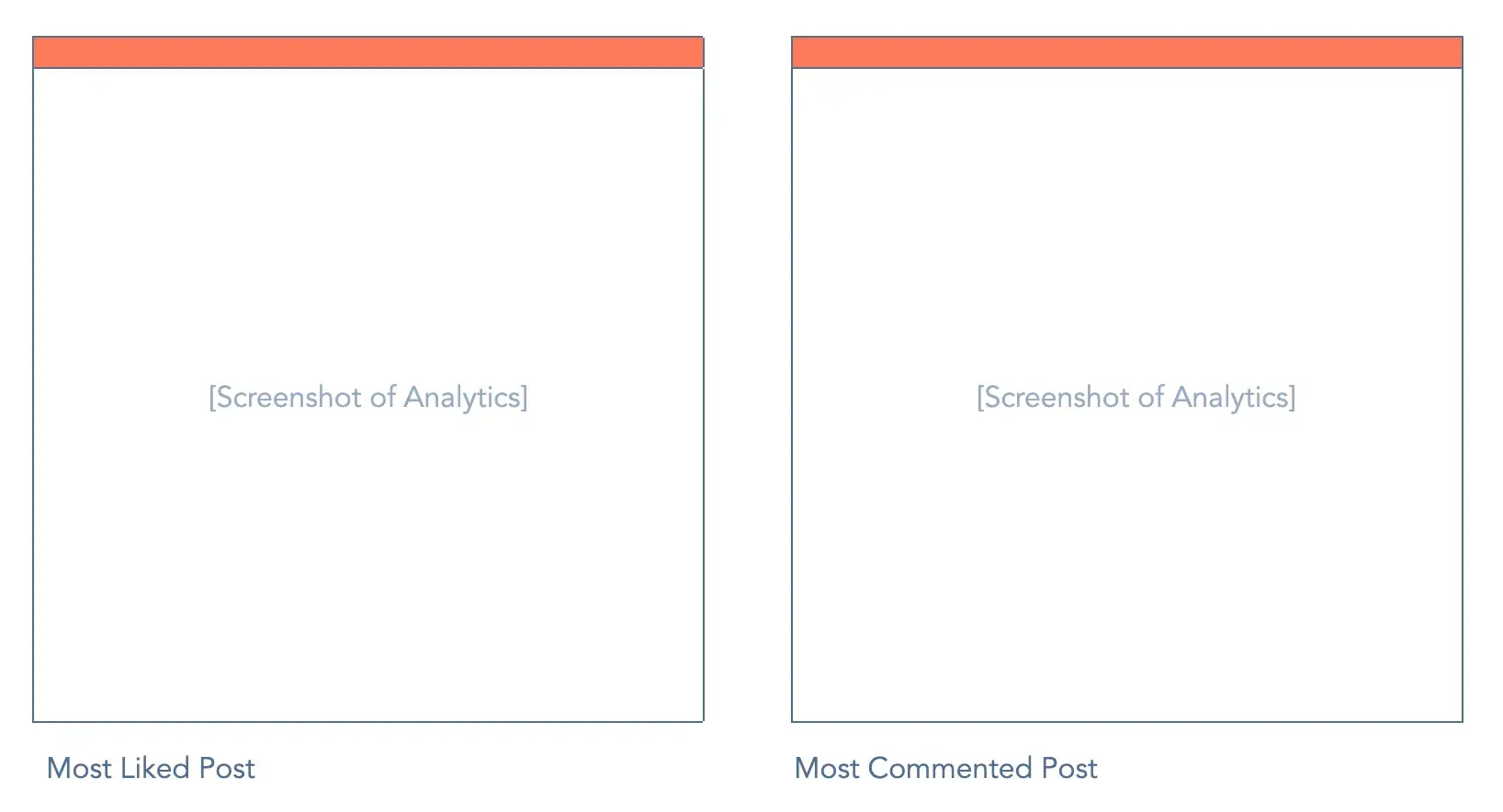
Image Source
Why use a social media report?
A social media report is the best way to distill the key metrics your social media team is tracking on a daily, weekly, monthly, quarterly, and/or annual basis.
Since social media encompasses so much, gathering and reporting on the data and channels that you’ve determined are most important for your business provides a lens of focus for your social media marketing team and delivers a necessary high-level overview for leadership.
Social media doesn’t just affect marketing. Prospects ask questions, customers write reviews, and thought leaders follow you for company news.
Because social media coincides with nearly every aspect of your organization, gathering and distributing the state of your social media channels is a move that shows transparency and encourages cross-company alignment.
You can also use a social media report to report on campaign-level analytics. If your social media account is serving as a cog in a larger company initiative, this report shows to what extent social media contributed to the project’s success.
Remember, not every social media platform performs the same. Here’s a graph that shows how marketers are using platforms and their prospective return on investment (ROI).

Image Source
HubSpot’s free social media report template has pre-made slides for you to report on all of your predominant social media metrics.
Download the template today and simply plug in your own metrics to customize a social media report for your organization.
Featured Resource: Free Social Media Report Template
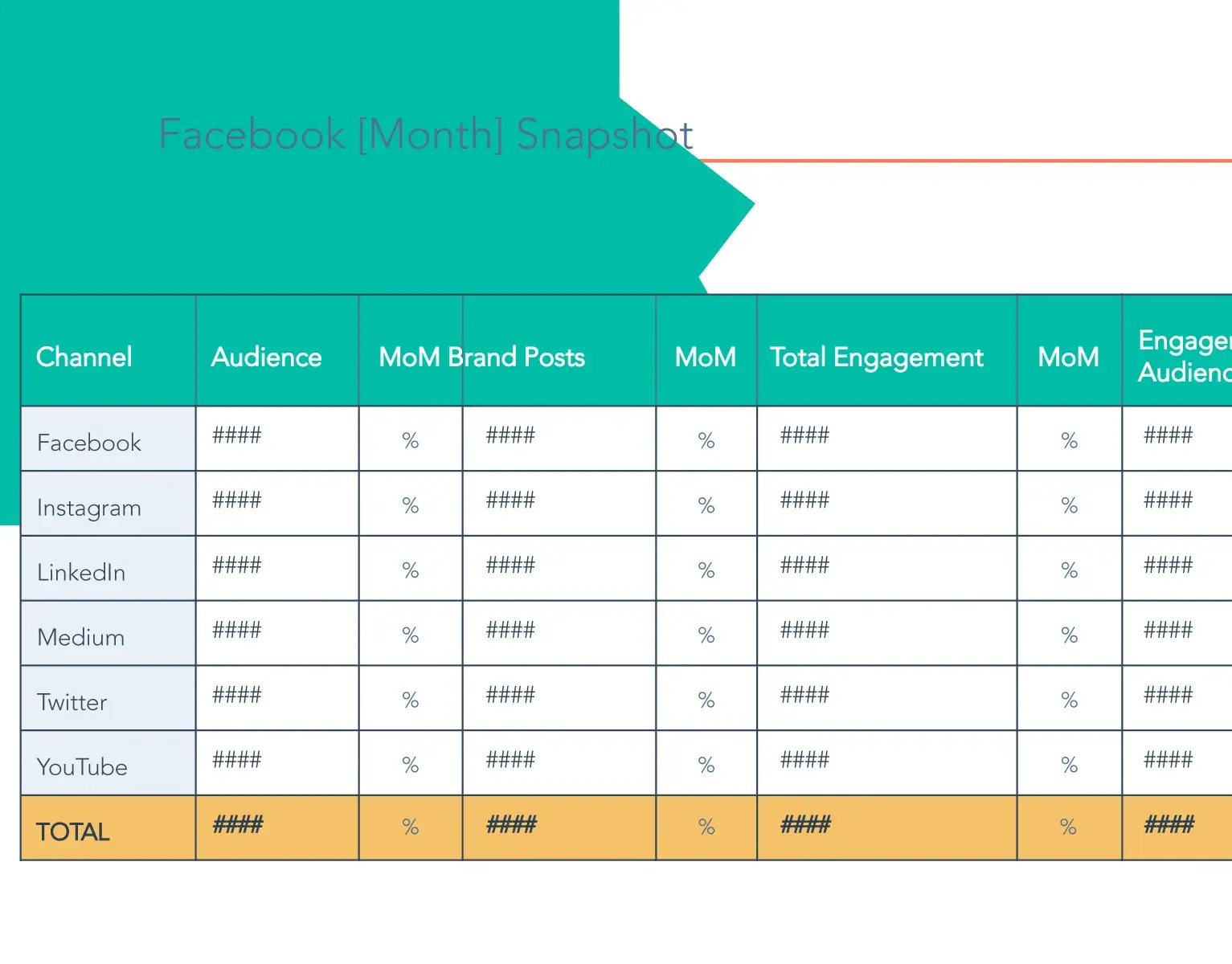
Social Media Metrics to Report On
Your business likely values some metrics over others when it comes to social media reporting.
Likely, these metrics also vary between your channels — since LinkedIn doesn‘t let you retweet, and Twitter doesn’t let you click a cry-face button.
Before you start reporting on your social media channels’ performance, read through this list of options for social media metrics so you can determine which ones you should include in your report.
1. Audience Size and Growth
This metric tells you how large your reach is and how quickly that reach is growing. This is typically seen as the core social media metric, as it shows how large of an audience you can leverage with your posts and content.
2. Cadence of Posts
A rather self-explanatory example, this metric represents how many times you posted in a given time period.
This metric is usually compared alongside other metrics — such as engagement rates — to help you determine the right cadence for your audience.
This metric should also be channel-specific because it makes sense to post more frequently on some channels than others.
3. Post Engagement
Post engagement measures how your fans and followers are reacting to your posts with likes, comments, and shares. A healthy post engagement suggests you have a loyal audience — and that your content is reaching them.
You can also track engagement as a percentage of your audience to determine engagement rate.
4. Mentions
One metric you have less control over is mentions. You can track mentions from customers, prospects, and even news outlets to gauge the perception of your business and brand online.
5. Clickthrough Rate
When a post links to a page on your website, you can measure how many people and what percentage of your audience clicked through to the page.
A strong clickthrough rate shows you’re sharing website pages that your audience finds relevant.
6. Conversions & New Contacts
Conversions come into play if you‘re using social media to generate leads, subscribers, or even customers.
If you want to attribute contacts to your social media team’s efforts, make sure you‘re using proper tracking and setting reasonable goals, as it’s rare in some industries to go straight from social media to becoming a customer.
7. ROI
Directly tracing ROI (return on investment) to social media efforts can be tricky. However, if you determine it’s worth reporting on this metric, make sure you have proper expectations set and attribution models established.
8. CPM / CPC
This metric is essential for monitoring the performance of your social media ads. If you’re solely reporting on organic social metrics, you can ignore this one.
9. Competitor Metrics
To provide a benchmark, consider analyzing the aforementioned metrics for your competitors.
Obviously, these metrics can vary drastically based on publicity, paid budget, and the size of the company, but it’s still worthwhile to make the comparison.
Free Social Media Report Template
Creating your own social media report from scratch can be tricky.
If you need an easy way to start tracking important social media metrics, download the free Social Media Report Template and get started.
You can customize the template to fit the exact social media goals and platforms that you are engaging in.
Social Media Report Examples
Let’s take a look at how different companies report their social metrics in their social media report.
Coca-Cola
Keyhole did an excellent job gathering different types of reporting that Coca-Cola could include in its social media reports in this blog. Here are some example pictures of different types of social media reporting:
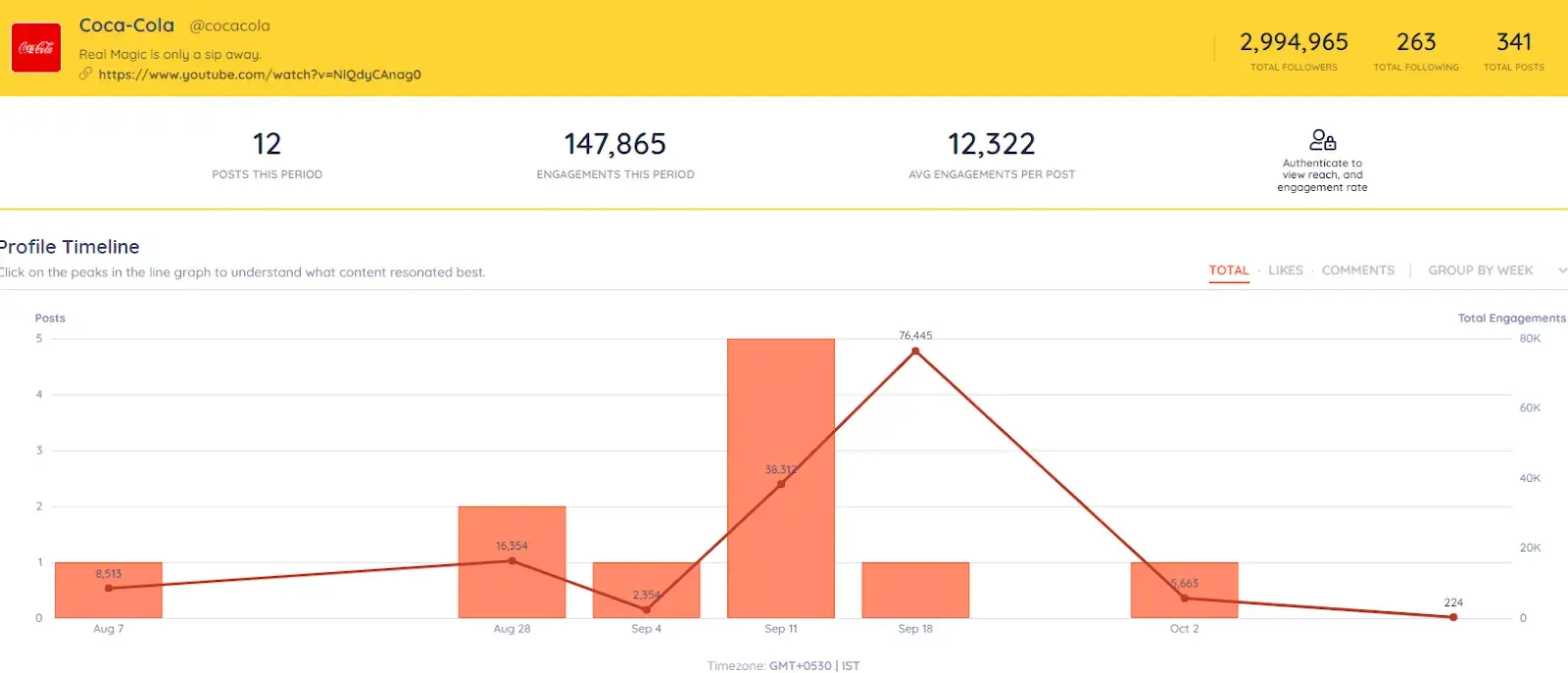
Image Source
This image looks at how each Coca-Cola post performed over a set amount of time. I like this type of reporting because if you’re looking at engagement by post, you can get a better understanding of what types of posts perform the best.
Don’t forget that the time of day you post even affects how posts perform.
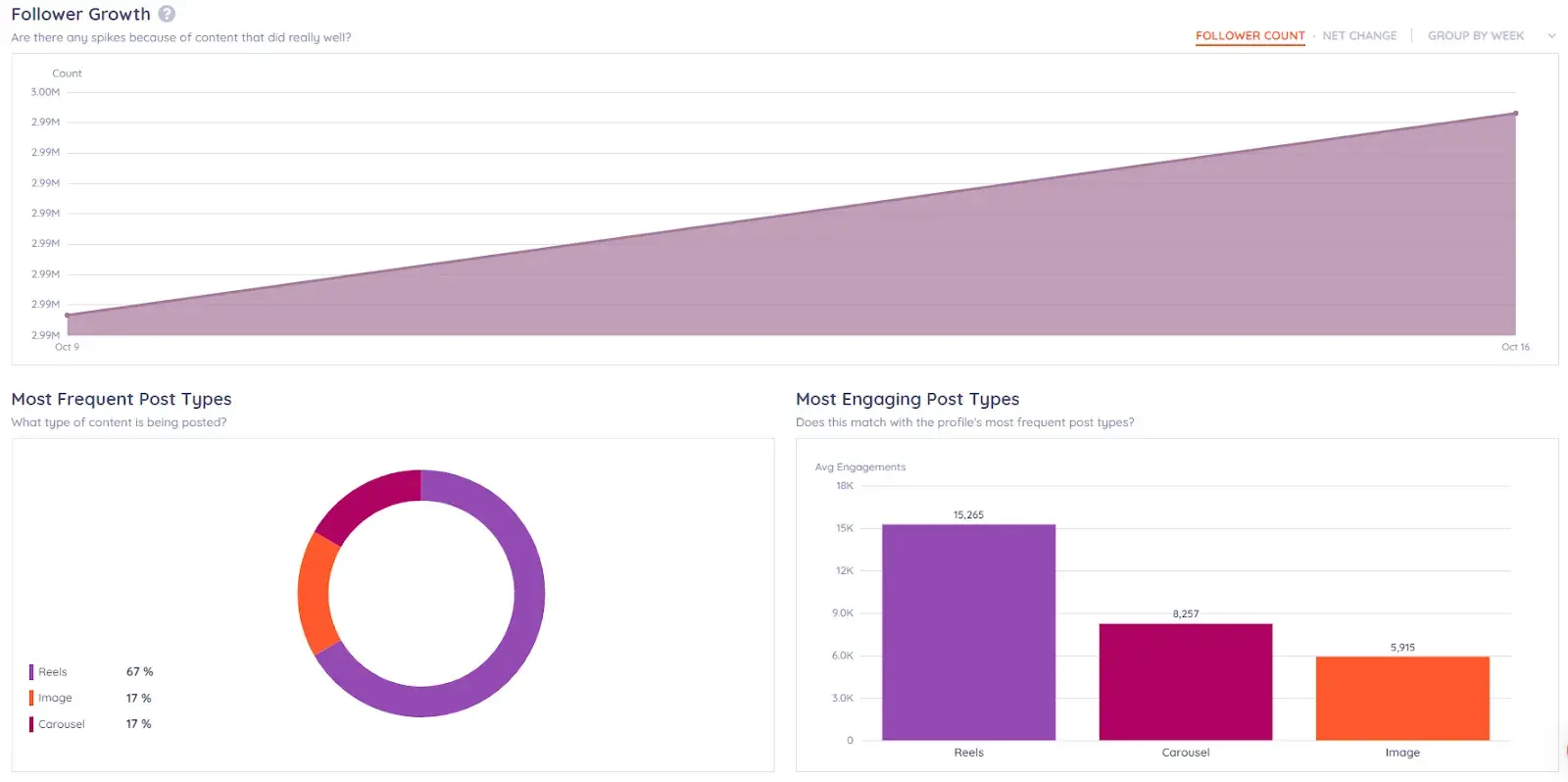
Image Source
This report looks at Coca-Cola’s follower growth over a set amount of time (in this case, a year). It also breaks down post types and their respective engagement.
This type of analysis is great for understanding which post types perform the best and should receive the most investment from your marketing efforts.
Walmart
Another giant company, Walmart, closely watches its social media traffic. Take this report image from 2023:
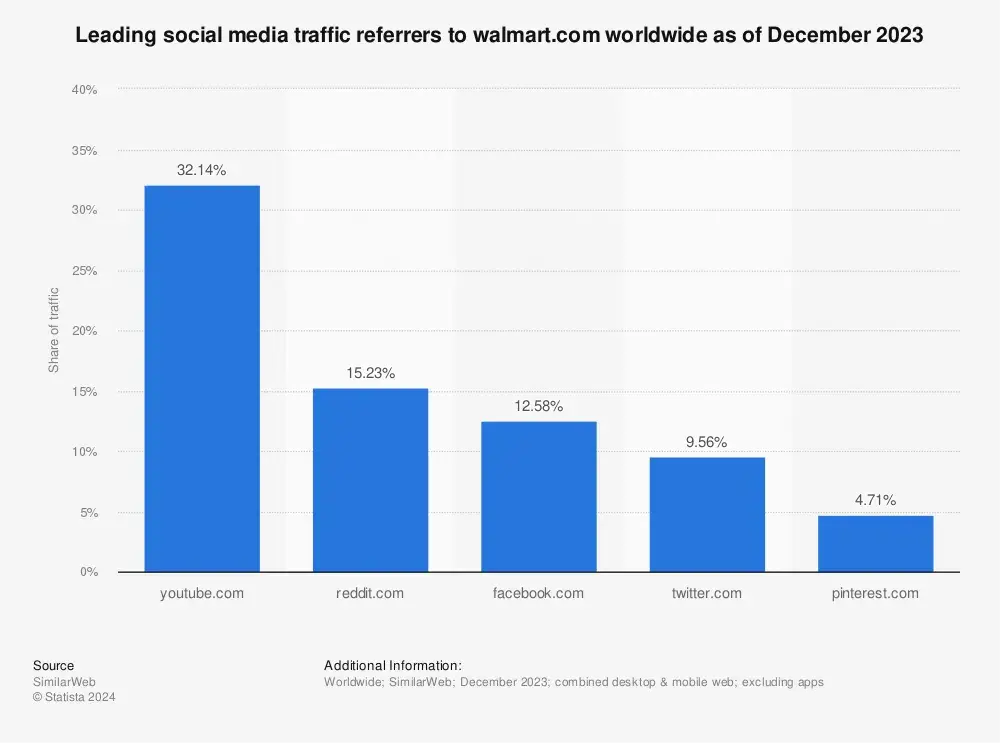
Image Source
This report looks at different types of social media traffic based on platform. You can clearly see that YouTube is their top social media performer, with Reddit and Facebook only achieving half of YouTube’s engagement.
I like this type of report because it puts into perspective what your share of traffic is for any given platform. If I’m going to invest in paid social media, I will invest in the platform that’s performing the best organically to get more bang for my buck.
HubSpot
HubSpot’s marketing dashboard includes reporting tools to look at each social media channel over time. Check out this report:
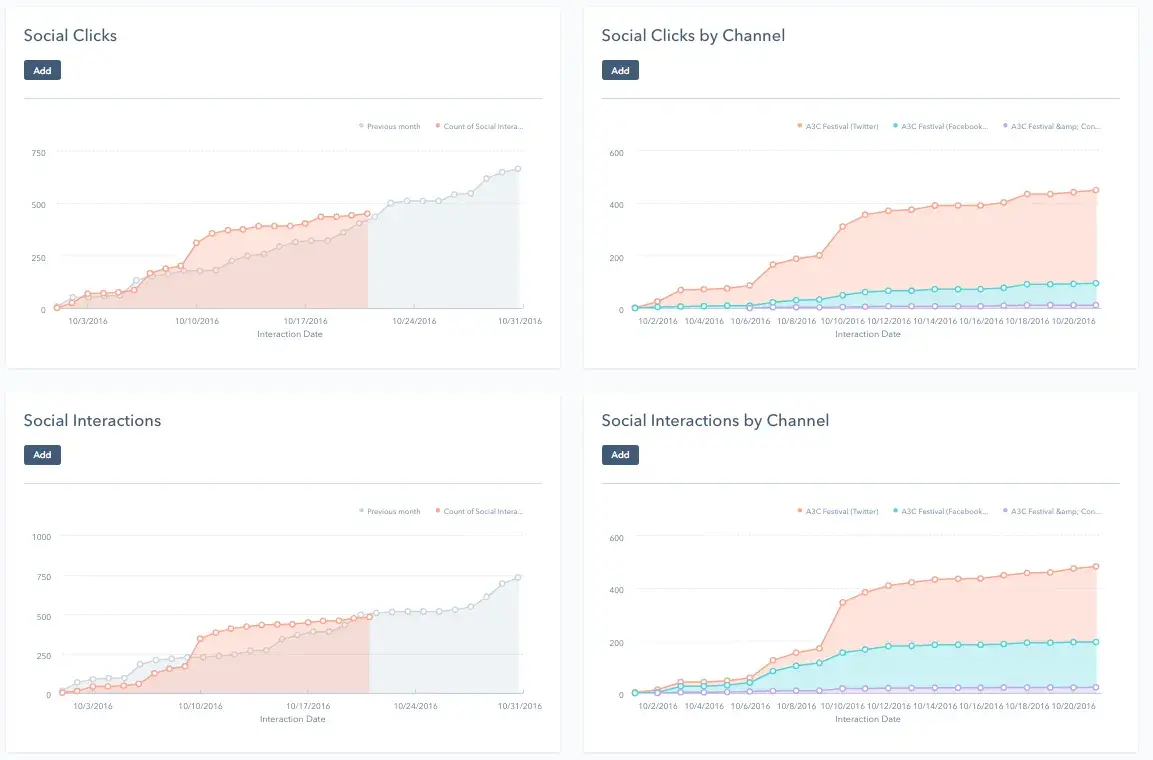
Image Source
I like that this reporting tool makes it easy to see different social media metrics all together over different platforms and set periods of time.
You can see how each type of report follows a similar curve, giving you insight into which months you grew the most and which platforms performed the best.
How to Make a Social Media Report
Step 1: Choose your presentation method
For consistency and clarity, make sure you’re using a social media report presentation, spreadsheet, or memo template.
This way, each time you update your metrics, you’ll simply need to copy over your most up-to-date metrics onto that template rather than reinventing the wheel every time.
We suggest using a PowerPoint or Google Slide Deck template because you can share it with your team via email, use it for an in-person meeting or presentation, or both.
Need a template to get started? Try this one.
Step 2: Determine the metrics you’ll be reporting on
As we’ve established, different companies and different social media teams value different social media metrics.
It’s your job to choose the metrics that matter most to your team and your organization.
Using the list from the section above, narrow down the essential metrics you believe are worth presenting to your team at large.
Remember, you can change which metrics you report on for each of your organization’s social media platforms.
If your social media report is campaign-specific, reach out to the project stakeholders to see if they’re hoping to see reporting on any certain metrics in the social media report.
Pro tip: For your first few ongoing social media reporting presentations, ask your peers which metrics they’d like to see or which ones they need clarification on.
Making these changes sooner rather than later helps you keep your team informed and engaged.
Step 3: Gather your data
Once you know what you‘re reporting on and how you’re reporting it, it’s time to start collecting data.
When you‘re first setting up your social media reports, create bookmarks for your data sources. Make a folder for the analytics page for each social media channel you’re analyzing and/or your social media reporting software for an all-encompassing view.
If you‘re tracking click-throughs to your website, make sure you’re analyzing from a single master location, such as your tracking URL builder or your traffic tracking tool like HubSpot or Google Analytics.
Step 4: Add in some visuals
A chart of numbers on a slide deck is, well, pretty boring.
While a numerical chart is important for sharing as much info as possible in an organized way, using visuals is a better way to convey the growth and success metrics of your social media performance.
Try incorporating one or all of the following into your social media reports:
- Linear graphs to show followers over time.
- Pie charts to show clicks to different pages of your website (blog pages vs. case studies, for example).
- Bar graphs to show the number of engagements on each platform.
These examples are more eye-catching than numbers on a slide and further illustrate what you want your team to walk away with. If data visualization is new to you, check out our Guide on Data Visualization for Marketers.
Step 5: Think of your story
A running social media report should always remind people about where you came from and where you plan on going.
That said, make sure your reports make reference to how your numbers have changed since the last period of time you presented, in addition to why numbers have changed.
Did follower growth as a percent increase drop last month?
Maybe that’s because one of your posts from the month before went viral and resulted in unprecedented growth that was impossible to match. Make that clear and add context to the numbers.
Additionally, each report should contain clear action items about how you plan to continuously improve your social media performance. Social media is constantly evolving, so your approach and strategy for it should, too.
Leverage Your Social Media Report
Throughout my years as a marketer, I’ve found that nothing works better than a beautifully filled-out/designed social media report, shown to executives to leverage a bigger budget and buy-in.
Executives want to know what marketing efforts are working and where they should invest more money and time, and a social media report is the best way to demonstrate your hard work.
Your first report won’t be perfect, but everyone has to start somewhere. The more data you input into your reports, the more compelling they will become.
Now that you know how to build, design, and share your social media report, download your social media report template and highlight your social media performance.
Editor’s note: This post was originally published in June 2020 and has been updated for comprehensiveness.
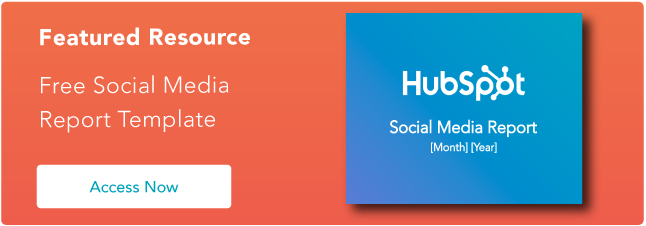
![]()
If Hubspot is of interest and you'd like more information, please do make contact or take a look in more detail here.
Credit: Original article published here.
